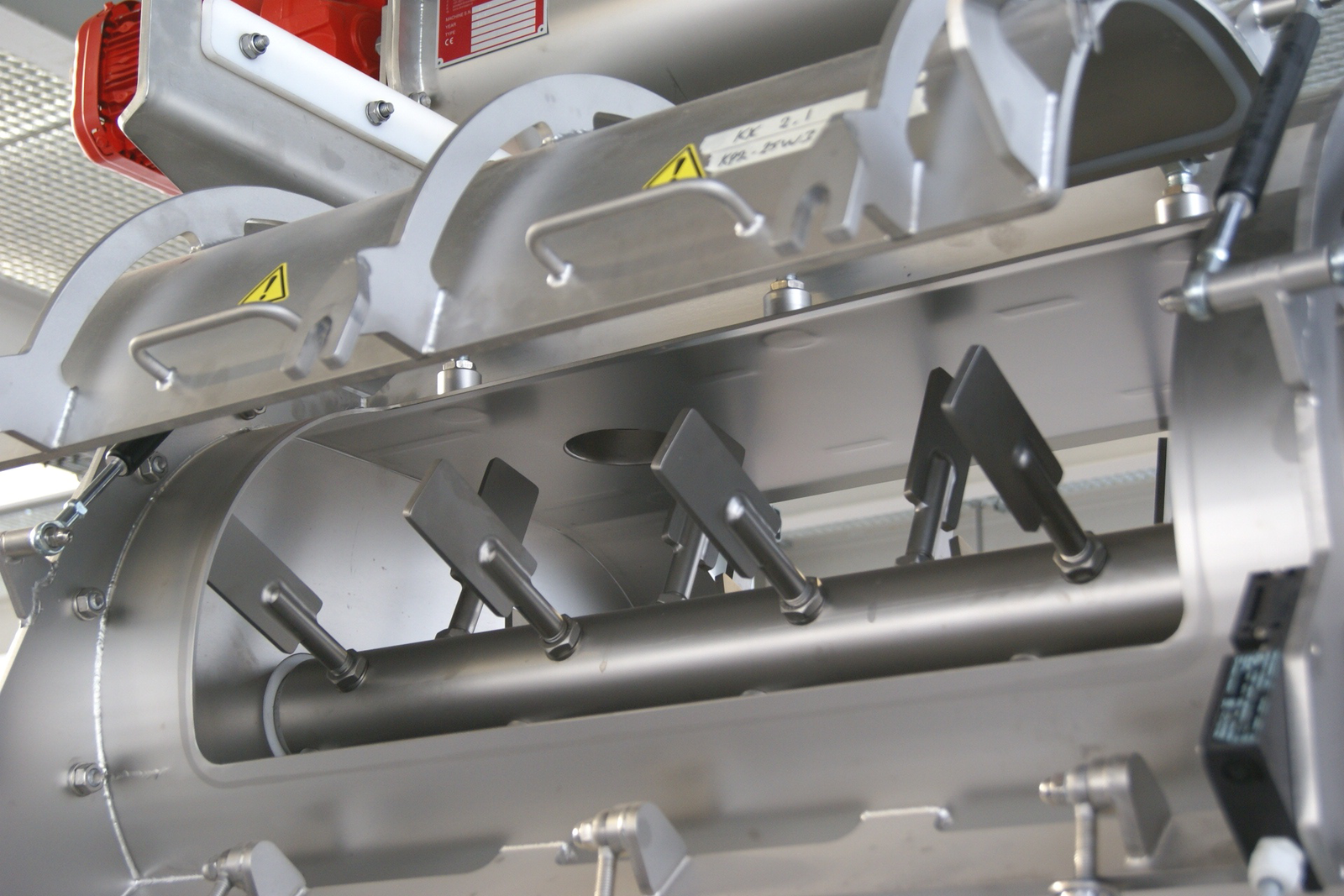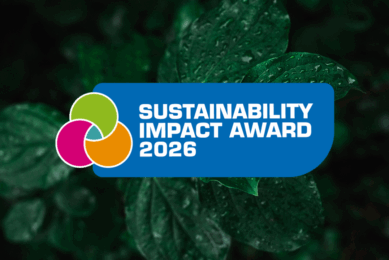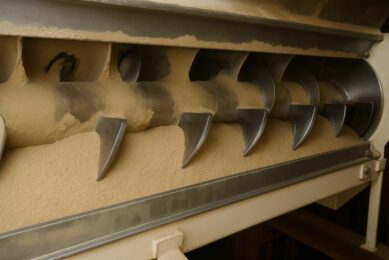Tackling energy guzzlers in feed processing

Reducing energy consumption is applicable to every type of business, but especially feed mills, as the ?pelleting process is a real energy guzzler. Here we touch on some of the issues that need to kept in mind while working on energy reduction.
By Verena Böschen and Janine T. Bohlmann, IFF Forschungsinstitut Futtermitteltechnik, Germany
In times of rapidly rising energy prices, shortage of resources and increasing awareness of climate protection, one of the biggest challenges in Europe and many other countries is a sustainable energy supply. The European Parliament introduced a climate and energy package to address these problems, which became effective in June 2009. With this climate and energy package, all EU member states ‒ based on data of the reference year 1990 ‒ agreed on: reducing the greenhouse gas emissions by 20% until 2020, and by 30% in the case other industrial counties arrange analogous aims, raising the usage of sustainable energy by up to 20% of the total energy production and decreasing the energy consumption by 20% through a boost of the energy efficiency.
Feed industry consumes a lot
Through the implementations stated above, one wants to achieve an
electricity supply that is more climate-friendly and environmentally sustainable, and more independent from fossil fuels thus ensuring reliable and affordable provision of energy. The expansion of renewable energy is one of the fundamentals. To achieve this, different instruments have been implemented like the Renewable Energy Law to fund energy for businesses with high-energy consumption, especially in Germany. The industry, especially the compound feed industry, is one of the biggest consumers of electric energy. In Germany alone, the overall consumption of the compound feed industry is approx. 1.15 billion kWh per year. Therefore, energy management systems become more and more important, including energy saving and enhancement of process efficiency. To save energy in businesses and/or the compound feed industry, the ideas are similar to energy savings done in the household. It starts with identifying which processes consume the most energy. For the feed industry, these different components are identified in Figure 1.

Energy management systems
In the compound feed industry, the most energy consuming steps are pelleting, milling and conveying (Figure 2). Knowing this may help with detecting both energy saving and process efficiency optimisation potential on the feed plant. A feed mill manager can decide to save energy on one component of the feed process by implementing single measures. This can reduce the energy consumption selectively. On the other hand, a systematic approach as laid out in the DIN EN ISO 50001 “Energy Management Systems” may help in lowering the total energy consumption in the feed plant. This framework supports organisations in all sectors to use energy more efficiently and an increasing amount of companies all over the world makes use of such energy management systems. The ISO 50001 requests companies to give statements or declarations, among other things, on the following topics: energy policy, legal requirements, internal auditing of the energy management system and evaluation of the energy management system by the top management. Linking energetic aspects with data from process monitoring allows a systematic detection of energetic “hot spots” and helps to optimise the whole production process.

Focus on pelleting
A customer-orientated production is prevalent in the compound feed industry, which means specific wishes and requirements of the clients need to be considered such as e.g. degree of refinement, batch size or availability. 80% of the compound feed is pelleted, thus including the most energy consuming step. The pelleting process is divided into conditioning, pressing and compacting. Better availability of the ingredients, a stable homogeneity of the mixed components, a better feed hygiene as well as better flow characteristics and storability are some advantages of pellets compared to unprocessed meal feed.
All three stages of the pelleting process can be controlled and optimised, and here the feed mill operator is able to reduce the energy consumption to a great extent.

Effect of material properties
In the conditioning step of the pelleting process, steam is added to the feed mixture. This improves the hygienisation impact, enhances the starch modification and digestibility, and produces a higher pellet stability and/or increased throughput. By increasing the moisture content, the lubricating impact lowers the press resistance, which reduces the energy demand at the same time. A similar effect can be achieved by adding fatty substances. Figure 3 shows how the specific energy demand depends on the amount of added steam, given as weight/weight-percentage. Here it can be seen that doubling the steam input lowers the press energy by approximately 30%. The particle size of the feed mix has only low input. Overall, pressing behaviour and thus the energy demand of the pelleting process, depends on several material properties and technical parameters, as shown in Figure 4. A lot of material properties like bulk density or ash content is mostly given by meal feed quality and cannot be adjusted in a broad range.

Optimum particle size
Producing animal feed with very fine structures demands high-energy input in the milling process. At the same time, these fine structures are advantageous in the agglomeration process. Here, an optimum particle-size distribution should be determined, taking into account both energy demand in milling process as well as in the pelleting process. Another example is the raw fibre content, which results in higher press resistance. At the same time, this high fibre content is often required for ruminant feed. Otherwise, technical auxiliaries like pressing aids are available. They are dispensed accordingly to material properties and machine characteristic and reduce the power consumption during pellet pressing. They guarantee a stable product quality with optimised energy demand for the production process at the same time, despite varying properties of the natural sources.
Comprehensive approach needed
As briefly mentioned in this article,
efficient energy saving cannot be achieved satisfactorily by only adjusting the energy demand on some single points. Energy saving in the feed mill requires a comprehensively thought out system, taking into account all relevant process parameters and their interaction. A good energy management system like the one offered in the DIN EN ISO 500001 can show energy saving potentials and may serve as a good tool in helping feed mill operators reduce operating costs, and hence improve the profitability of the feed mill.
[Source: AllAboutFeed Vol 22 nr 6, 2014]
References are available on request.
The authors can be contacted via:
iff@iff-braunschweig.de











